Volcanoes are geological features that are formed by the accumulation of magma (molten rock), ash, and other volcanic materials from the Earth's interior. These materials can be released to the Earth's surface through openings in the Earth's crust, creating a volcano.
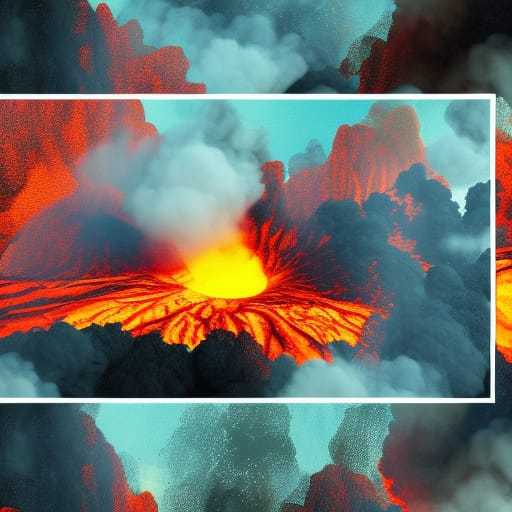
Volcanoes can take many different forms, from small fissures in the ground to massive stratovolcanoes that can rise thousands of meters above sea level. They can also be found on land or under the sea.
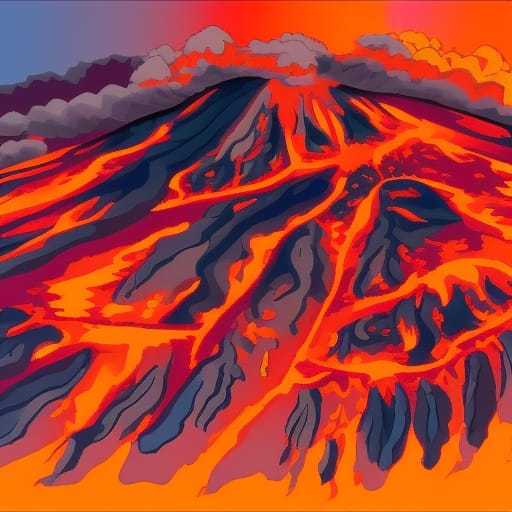
When a volcano erupts, it can release a variety of materials, including lava (molten rock), ash, gases, and rock fragments. These materials can pose a variety of hazards to people and the environment, including the potential for lava flows, ash fall, pyroclastic flows, lahars (mudflows), and toxic gases.
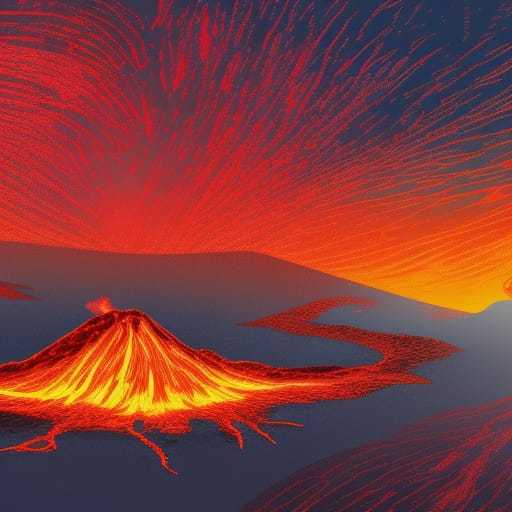
Volcanoes are typically classified based on their shape, size, and eruption history. Some common types of volcanoes include shield volcanoes, stratovolcanoes, and cinder cones.
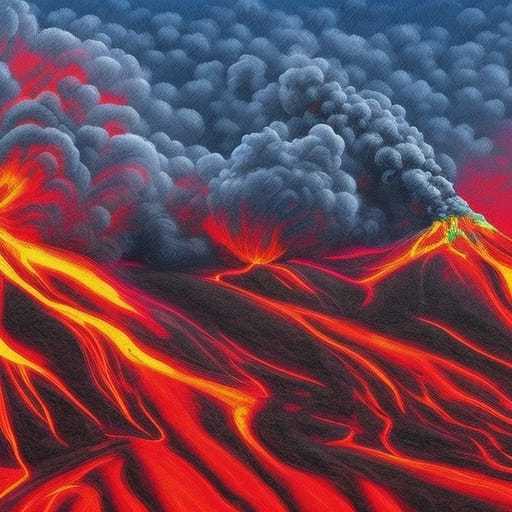
Volcanoes can be found in many parts of the world and can have a significant impact on the surrounding environment and human populations. However, they also play an important role in the Earth's geological processes, helping to recycle material from the Earth's interior and create new land.

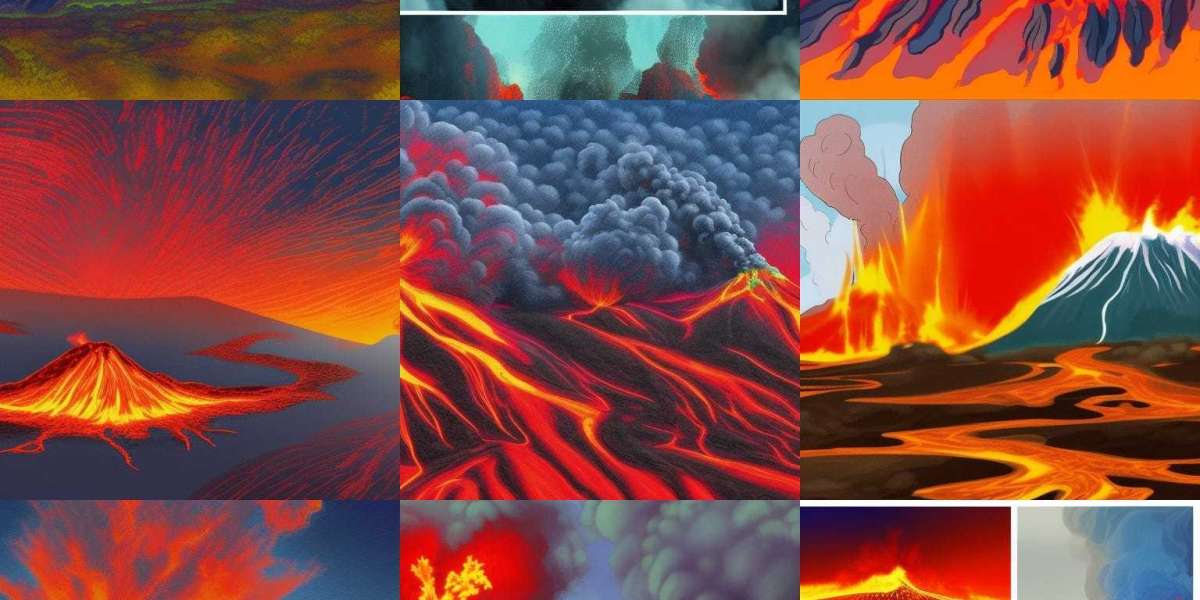

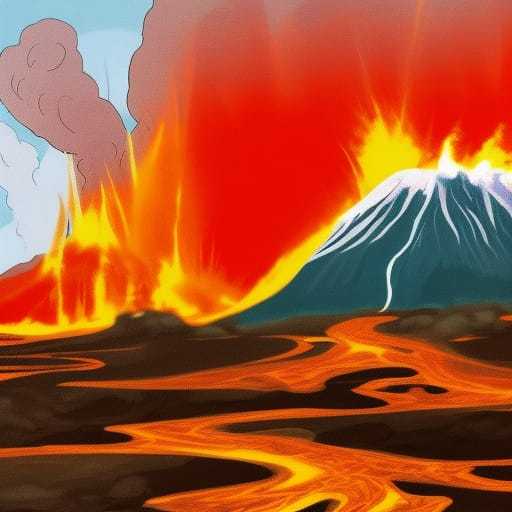
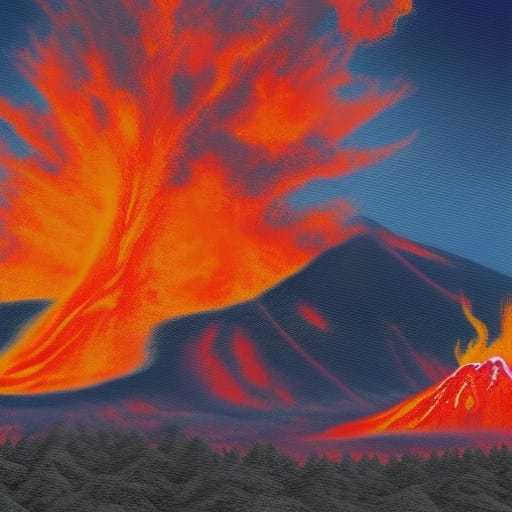

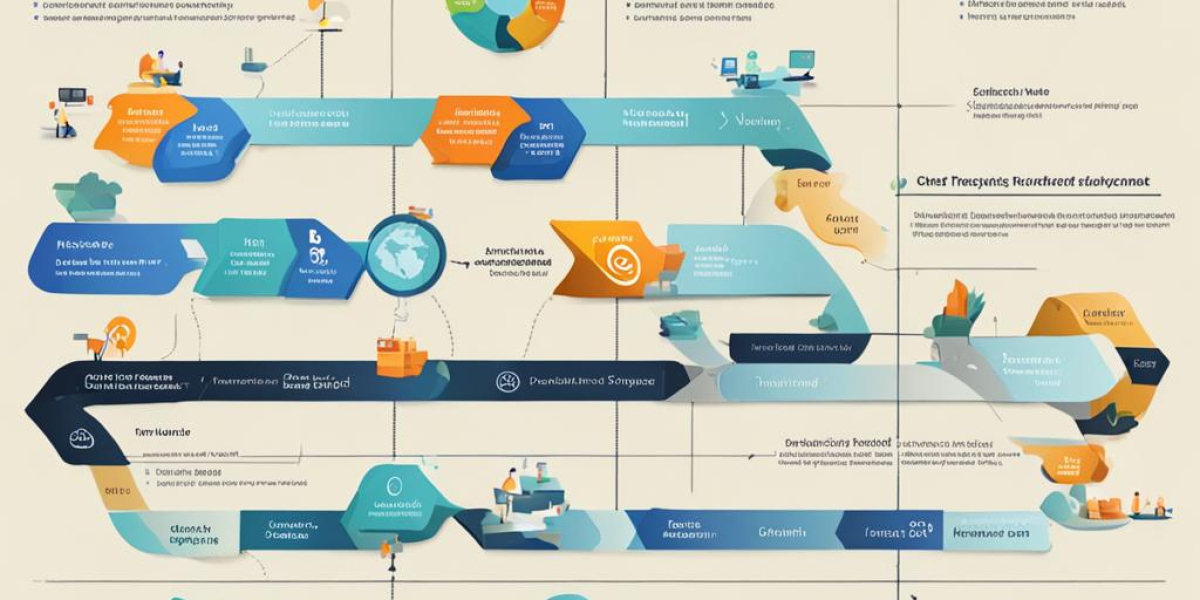





Awalludin Ramlee 1 y
The ring of fire indonesia phillipines except Malaysia.